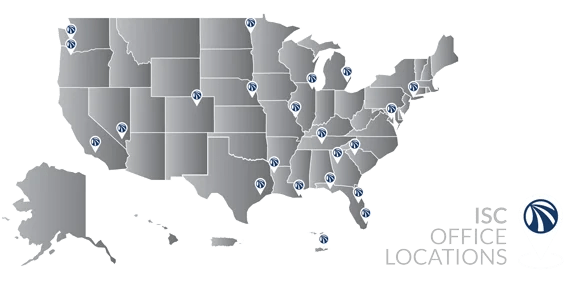We develop customized earthquake response and rebuilding plans based on decades partnering with at-risk towns atop restless faults.
Seismic hazards threaten communities situated along active fault lines. These earthquake-prone areas must prioritize disaster planning to minimize quake impacts and expeditiously bounce back when the ground shakes. By getting response protocols and recovery contracting in place before the next big one, we empower communities to swiftly yet equitably rebuild amidst calamity. Our integrated solutions support damage assessments, infrastructure and utility restoration, debris removal, federal assistance consulting, vulnerable resident assistance, seismic retrofitting incentives, and more so towns emerge more resilient.
With seasoned technical consultants supporting preparation and recovery goals, ISC assists high-risk regions to optimally face seismic threats. Partner with our earthquake solutions experts to plan for and recover from destructive seismic events with greater confidence.








